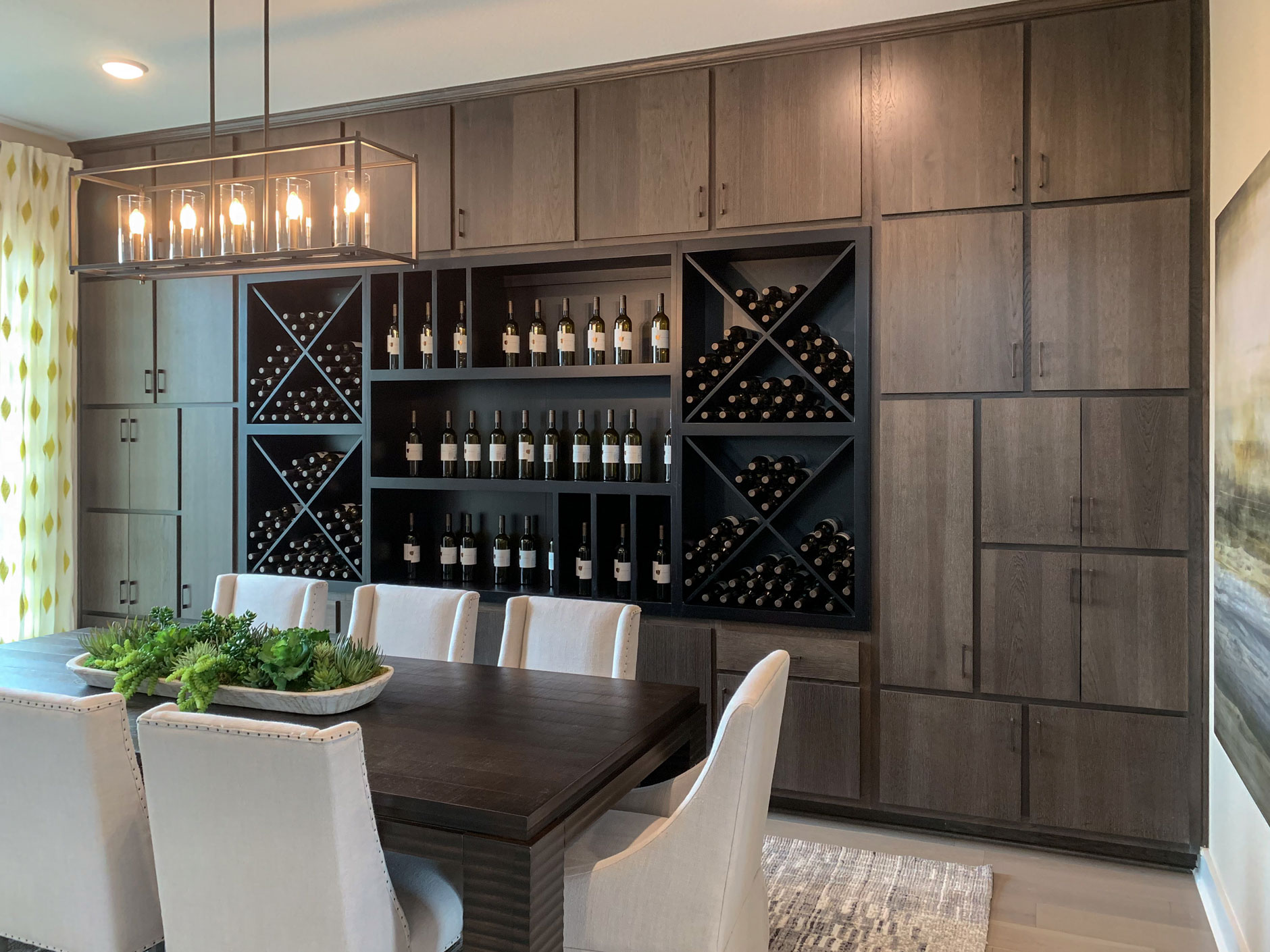Materials and Finishes for Contemporary Dining Room Cabinets

Selecting the right materials and finishes for your contemporary dining room cabinets is crucial for achieving the desired aesthetic and ensuring longevity. The choice will significantly impact the overall look and feel of your dining space, influencing everything from the room’s ambiance to its practicality. Careful consideration of both material properties and finish options is paramount.
Material Selection for Contemporary Dining Room Cabinets
The choice of material significantly impacts the visual appeal, durability, and maintenance requirements of your dining room cabinets. Wood, metal, and glass each offer unique advantages and disadvantages in a contemporary setting.
- Wood: Offers warmth, natural beauty, and versatility. Many wood types are suitable, each with its own grain and color. However, wood is susceptible to scratches, dents, and moisture damage, requiring regular maintenance and potentially more expensive repairs. It’s also generally more costly than metal or glass.
- Metal: Provides a sleek, modern look and is highly durable, resistant to scratches and dents. Metal cabinets can be easily cleaned and are less prone to damage from moisture. However, metal can be cold to the touch and may require special care to avoid fingerprints and smudges. The cost can vary depending on the type of metal used.
- Glass: Offers a sophisticated, minimalist aesthetic, allowing light to pass through and visually enlarge the space. Glass is easy to clean and maintain, but it is more prone to breakage and can show fingerprints easily. It may not be suitable for storing items that need to be concealed.
Popular Finishes for Contemporary Dining Room Cabinets
The finish significantly impacts the visual appeal and maintenance of your cabinets. Five popular choices for contemporary designs are described below.
- Matte Lacquer: Provides a smooth, sophisticated finish with a subtle sheen. It’s relatively easy to clean but can show fingerprints more than a high-gloss finish. The understated elegance suits minimalist or Scandinavian designs.
- High-Gloss: Offers a sleek, reflective surface that creates a sense of luxury and modernity. It’s visually striking but requires more diligent cleaning to avoid smudges and fingerprints. High-gloss finishes are ideal for contemporary and Art Deco styles.
- Natural Wood Stain: Enhances the natural beauty of the wood grain while protecting it from damage. It requires less maintenance than lacquered finishes but may still require occasional polishing or re-staining. This finish suits rustic, mid-century modern, and transitional styles.
- Textured Laminate: Offers a durable and cost-effective option mimicking various materials like wood or stone. It is easy to clean and maintain, making it a practical choice for busy households. Its versatility allows it to adapt to various design styles.
- Powder Coating (for Metal): Provides a durable, chip-resistant finish available in a wide range of colors. It is easy to clean and maintain, offering a long-lasting and visually appealing surface. This is particularly suitable for metal cabinets in industrial or minimalist settings.
Contemporary Dining Room Cabinet Color Schemes, Contemporary dining room cabinets
The color of your cabinets plays a significant role in setting the overall mood of your dining room. Here are three examples of color schemes that complement various flooring and wall colors.
- Scheme 1: Warm Neutrals. Cabinets: Light gray or beige. Walls: Off-white or warm cream. Flooring: Light oak or bamboo. This scheme creates a calm, inviting atmosphere, perfect for a relaxed dining experience. The neutral palette allows for flexibility in accent colors.
- Scheme 2: Bold Contrast. Cabinets: Deep navy blue or charcoal gray. Walls: Crisp white or light gray. Flooring: Dark hardwood or porcelain tile. This scheme offers a dramatic and sophisticated look, ideal for a more formal dining setting. The strong contrast adds visual interest.
- Scheme 3: Earthy Tones. Cabinets: Warm brown or natural wood stain. Walls: Soft green or muted terracotta. Flooring: Cork or light-colored stone. This scheme creates a warm, earthy ambiance, suitable for a rustic or bohemian dining space. The natural tones promote a sense of tranquility.
